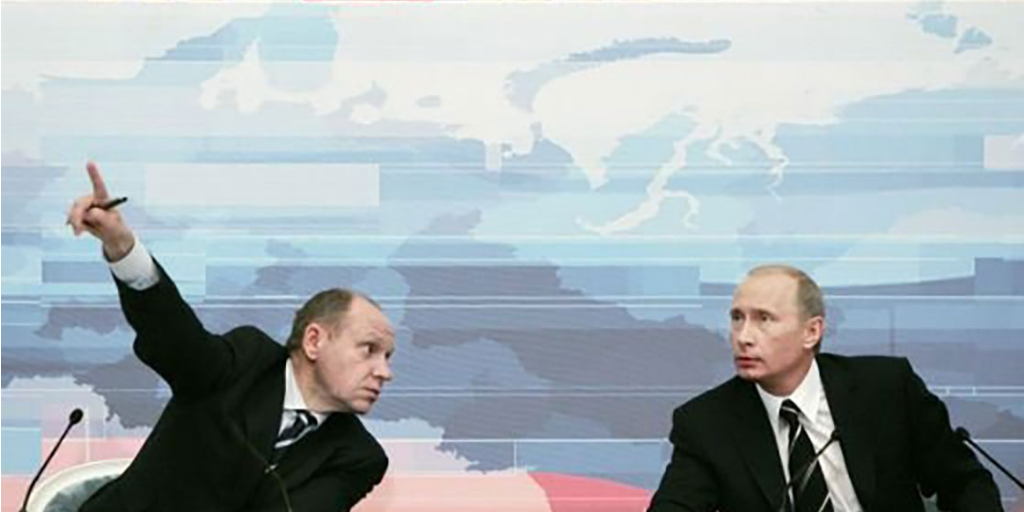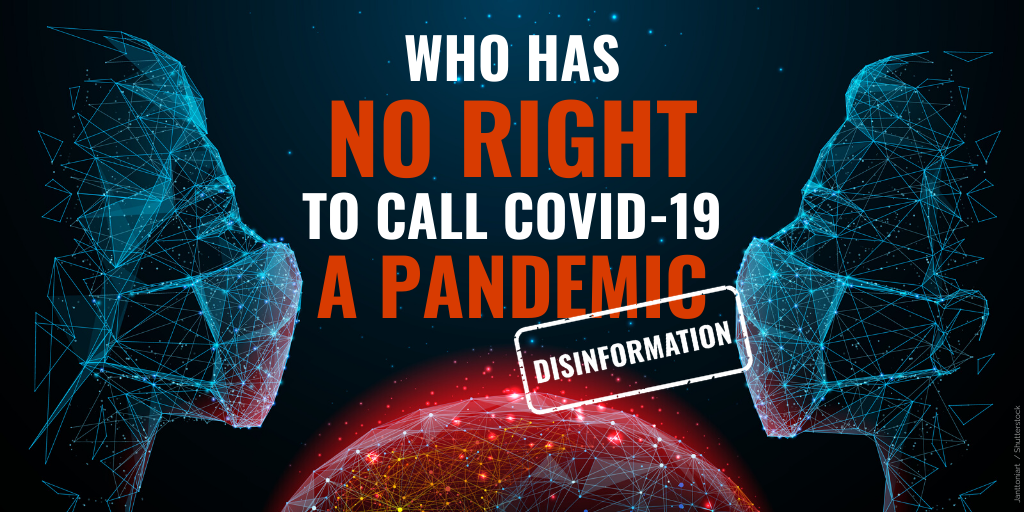As Ukraine strives to emerge as a strong and independent nation, Russian disinformation works to undermine its legitimacy. Disinformation has a powerful influence on Western public and policy makers’ understanding of the issues affecting Ukraine, so it is important to understand how it works.

An example of disinformation is a recent article titled Short Digest of the Roots of Ukrainian Crisis from 1654 to present that was published by The Washington Times, a major US newspaper in Washington DC. The article is a type known as “sponsored content” because it is essentially paid advertising by the author (in view of its misleading content, it would be irresponsible to provide a link, but here’s a screenshot).
The article mimics journalistic content. A reader can easily overlook the “SPONSORED” flag at the upper left, especially as the content itself is titled “ANALYSIS/OPINION.”
Russian disinformation about Ukraine often begins with a carefully curated context that omits critical information.
This article, beginning with a nod to how scholars might disagree, seems innocuous enough in the first three paragraphs, although such details as the starting point of 1654 place Ukraine’s history squarely under Russian and then Soviet suzerainty, even though Ukrainian history as a state and a people extends back at least to the 10th century, before today’s Russia existed as a polity in any form.
The article continues. The period 1917-1922, is described as “the division of the territory of Ukraine between the Soviet Ukrainian republic and several East European countries," without mention that a brief Ukrainian independence from Russia did not end with the division of Ukrainian territory by East European countries but with the invasion of Ukraine by Bolshevik forces led by Moscow. The period was messy but key omissions don’t improve understanding.
The period 1991-2014, the author writes, meant a Ukraine, “free from the communist yoke”
-- not Russian mind you — and that Ukraine might have “become one of the most prosperous European countries” if it had not turned its back on “the country’s centuries-old economic, family, cultural and religious tie with Russia” (set aside for the moment that Russia itself has fallen far short of that lofty goal). The chronology conveniently omits Russia’s seizure of Crimea in 2014 and invasion of eastern Ukraine, without which Ukraine’s current circumstance cannot be understood.
The distorted context that is provided in the article sets the stage to draw conclusions about Ukraine’s present circumstance without taking account of Russia’s role, although that role is the crucial relationship in Ukraine’s pursuit of independence.
The article goes on to say that Ukraine might have been a “happy and prosperous state…if not a new Switzerland” had it only followed a number of measures listed in the content that, incidentally, correspond in large part to what Russia has demanded from Ukraine to end Russian instigated and led hostilities in eastern Ukraine.
Mention is then made that “There would be no civil war and Donbas and Crimea would still be part of Ukraine” (again without reference to Russia). For the record, that is false. Donbas is still part of Ukraine, although occupied and controlled by Russia and the international community does not recognize Russia’s annexation of Crimea.
By eliminating Russia as an actor and presenting inaccurate facts and inferences about Ukraine’s circumstances, the author’s purpose is to draw the reader to incorrect conclusions that support an anti-Ukrainian narrative.
The article goes on to allude darkly to undefined “inside and outside forces” that are responsible for Ukraine’s current troubles, including the unfounded claim that “radical nationalism is on the rise”, which is unsupported by actual events in Ukraine.
Of those dark forces, the author names the former foreign ministers of Sweden and Poland, Carl Bildt and Radek Sikorski, who had a role in negotiating the European Economic Association Agreement with Ukraine (in the article called a “scheme”
), which the author claims was conditioned on Ukraine breaking economic ties with Russia. The author makes the spurious claim that “the interests of the Ukrainian people were the last thing on the minds of Bildt and Sikorski." This is false. There is no such understanding, and Carl Bildt in response has forcefully denied that any such intention existed.
After detailing the allegedly perfidious behavior of the West, the author describes Moscow’s -- and Putin’s--view as “understandably quite different” and that the true intent of the West is to “weaken Russia geopolitically and economically.” The article concludes by wishing “former compatriots” well and hoping that they will “find the way out of this crisis by taking...the fate of their country into their own hands.”
It has all the hallmarks of disinformation—narrowing the context by excluding essential information, the selective presentation of facts and the weaving in of falsehoods and mischaracterizations, an appeal to a certain audience that may be sympathetic to all or part of the content’s narrative despite the falsehoods and mischaracterizations, and an invocation to corrective action that would result in an alternative utopia (much as the old communist ideology once did). It is not the art of persuasion. It is the art of manipulation and deception.
The author, Edward Lozansky, is a fixture in conservative, pro-Russian circles in Washington and a regular contributor in The Washington Times. He has placed other “sponsored content,” including a piece defending Russia’s seizure of Crimea and another critical of the American “hegemon”
dictating terms to Russia in Syria, as well as claiming that the list of Putin’s misdeeds is “largely fake” and the Skripal poisoning was a provocation. For an informative take on Lozansky’s activities on behalf of Russia, read Max Kutner’s article in Newsweek from April regarding the World Russia Forum organized by Lozansky. Given the distortions and unsubstantiated assertions in Lozansky’s “sponsored content,” Kutner, in a well-written article, is, if anything, too kind.
The Washington Times disclaims responsibility for what it publishes as “sponsored content,” but by publishing the article, The Washington Times is disseminating disinformation.
Lozansky relies on the uncritical attitude of The Washington Times toward “sponsored content” to provide him with a respected media outlet for his disinformation, which legitimates the content and allows it to be disseminated more widely.
Once published in The Washington Times, the content is amplified by pro-Russian propaganda sites (sometimes owned by Lozansky), such as Russiahouse.org, Versia.ru and Russialist.org, often as legitimate analysis, as well as by mainstream news services and search engines that aggregate multiple-source content.

If there is any doubt about the power of “sponsored content” to influence perceptions, here is a screenshot of what The Washington Times says about the power of its “advocacy advertising” (the term in its media kit for “sponsored content”).
In the age of fake news, Western media needs to address disinformation not just through conscientious, accurate reporting but also by not enabling channels of disinformation that purposely lie and mislead, just as it does not knowingly promote advertising that makes false claims about commercial products.
Otherwise, reputable media outlets--such as The Washington Times—become the unwitting agents of disinformation.
For two excellent books on the real history of Ukraine, read the classic reference, A History of Ukraine: The Land and Its People, by Paul Robert Magocsi, and The Gates of Europe: A History of Ukraine, by Serhii Plokhy.
An excellent source on exposing disinformation is Stopfake.org





